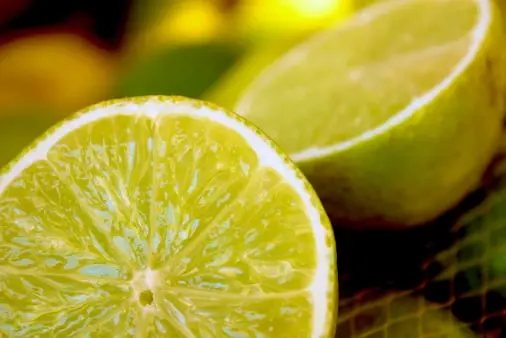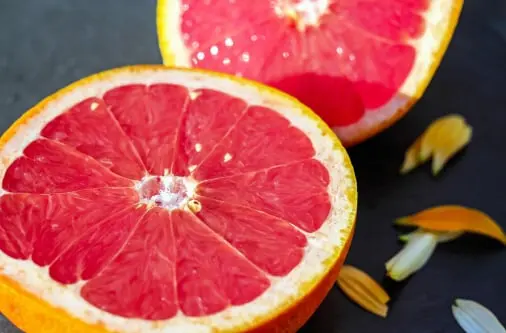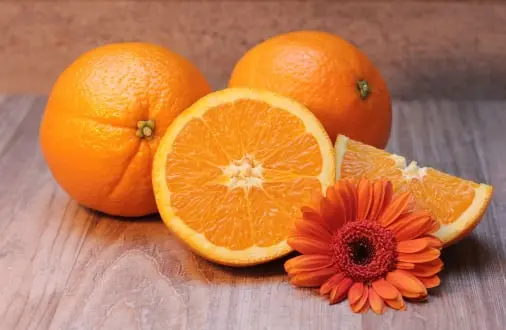Citrus quality inspection app with AI Quality Management:
Citrus quality inspection app with lemon quality control, post packing quality inspection, and pre-shipping quality. Also manages the entire packing and sales processes with recalls, traceability, and audits.

Citrus Quality inspections during production
View App Specifications.
Citrus in Australia, we see quality is important and that is why we have developed a simple set of standards outlined in the following manual. Called the Australian Citrus Quality Standards, they aim to assist growers, packers, marketers and retailers deliver quality citrus that Australian consumers can enjoy with confidence. We aim to assist you in keeping your valuable consumers happy and coming back for more!
Fresh citrus fruit, comprising oranges, grapefruit, mandarins, limes, lemons and minor varieties, are among the most popular fruits. With increasing year round competition from other fruits, maintaining this market position will require that fresh fruit quality be optimal. Determinants of fruit quality can be divided into those affecting external quality and those defining internal quality. Both of these are critical, since external quality influences initial purchasing decision, while internal quality determines consumption and repeat sale.

Daily Citrus packhouse hygiene checklist
Citrus is the most economically important fruit crop in the world. In citrus, the concept of fruit quality comprises several other aspects intimately related to human health apart from physical attributes and diet components. Citrus is an excellent model to study fruit quality because of its peculiar fruiting, singular biochemistry and economical relevance. A citrus breeding program starts with the selection of suitable parents and the planning of controlled crosses. Information on the breeding value of available parents and the heritability of specific characters is important in a plant breeding program to aid the breeder in parent selection and the planning of controlled crosses. Major goals of variety breeding in citrus are mostly related to fruit quality, productivity and harvesting period. In a broad sense, citrus fruit quality includes many physical attributes like fruit color, fruit size, easy of peeling and seedlessness. These traits have become paramount in commercial citrus types and new cultivar being developed through plant breeding and selection of new sports. This paper focus on four main citrus characteristics that responsible for fruit quality and are the basis for judging the product acceptability by consumers. We also discuss the variety strategy for citrus quality improvement.

Citrus Quality control
Citrus is one of the main fruit crops in the world and widely recognized by their organoleptic, nutritional and health-related properties of both fresh fruit and juice. The genetic diversity among the genus and the autonomous and independent changes in peel and pulp, make the definition of standard maturity indexes of fruit quality difficult. Commercial maturity indexes in the citrus industry are usually based on peel coloration, percentage of juice, soluble solids/acidity ratio but their relevance may differ among varieties and the specific requirements of the markets. There is also a marked influence of environmental and agronomic conditions such as light and temperature, rootstock selection and plant nutrition, among others. Besides commercial requirements, a more comprehensive definition of fruit quality should also consider organoleptic and nutritional properties that are determined by a complex interaction among a number of bioactive components. Citrus fruit are an excellent source of many phytochemical, including ascorbic acid, carotenoids (antioxidant and pro-vitamin A), polyphenols, flavonoids, limonoids, terpenoids, etc., which greatly contribute to the health-related benefits of these fruits. Criteria and definition of the main maturity indexes for citrus fruit worldwide are described, as well as changes during fruit maturation in key components affecting organoleptic and nutritional properties.

Citrus Supplier quality inspection
Assessing wine grape quality parameters using plant traits derived from physical model inversion of hyperspectral imagery
As non-climacteric, citrus fruit are only harvested at their optimal edible ripening stage. The usual approach followed by producers and packinghouses to establish the internal quality and ripening of citrus fruit is to collect fruit sets throughout ripening and use them to determine the quality attributes (QA) by standard and, in many cases, destructive and time-consuming methods. However, due to the large variability within and between orchards, the number of measured fruits is seldom statistically representative of the batch, resulting in a fallible assessment of their internal QA (IQA) and a weak traceability in the citrus supply chain. Visible/near-infrared reflectance spectroscopy (Vis–NIRS) is a nondestructive method that addresses this problem, and has proved to predict many IQA of a wide number of fruit including citrus. Yet, its application on a daily basis is not straightforward, and there are still several questions to address by researchers in order to implement it routinely in the crop supply chain. This chapter reviews the application of Vis–NIRS in the assessment of the quality and ripening of citrus fruit, and makes a critical evaluation on the technique’s limiting issues that need further attention by researchers.